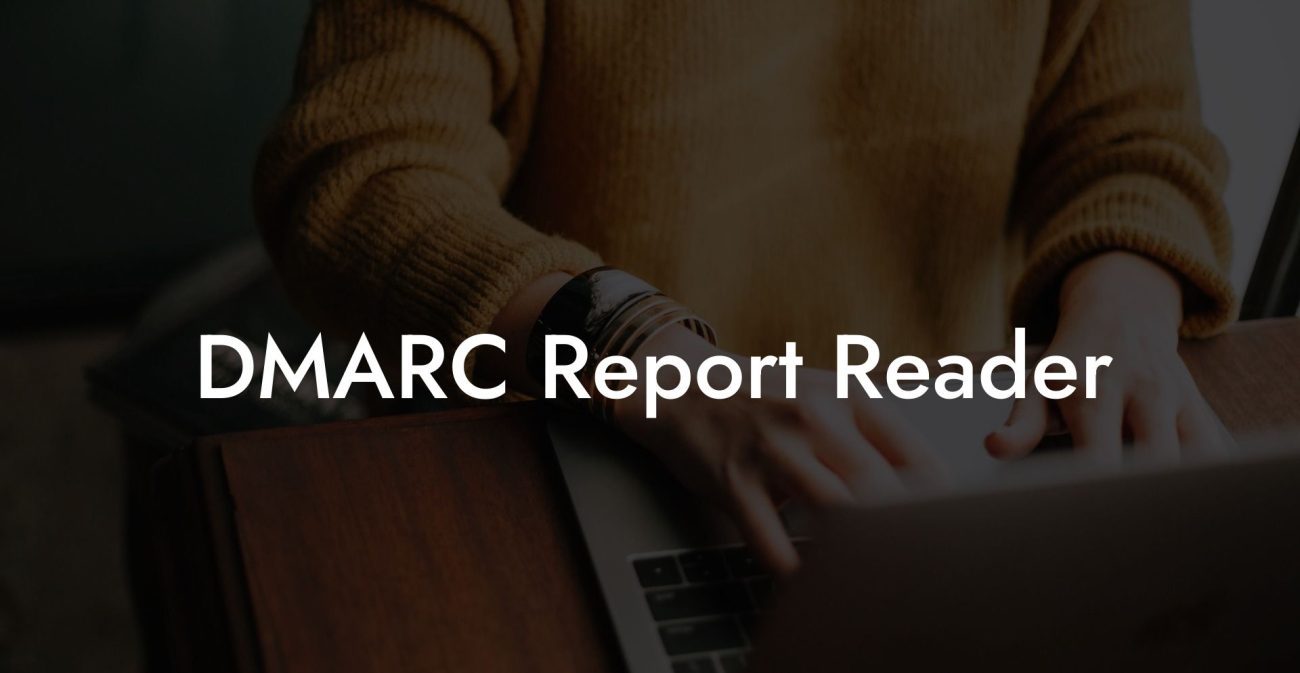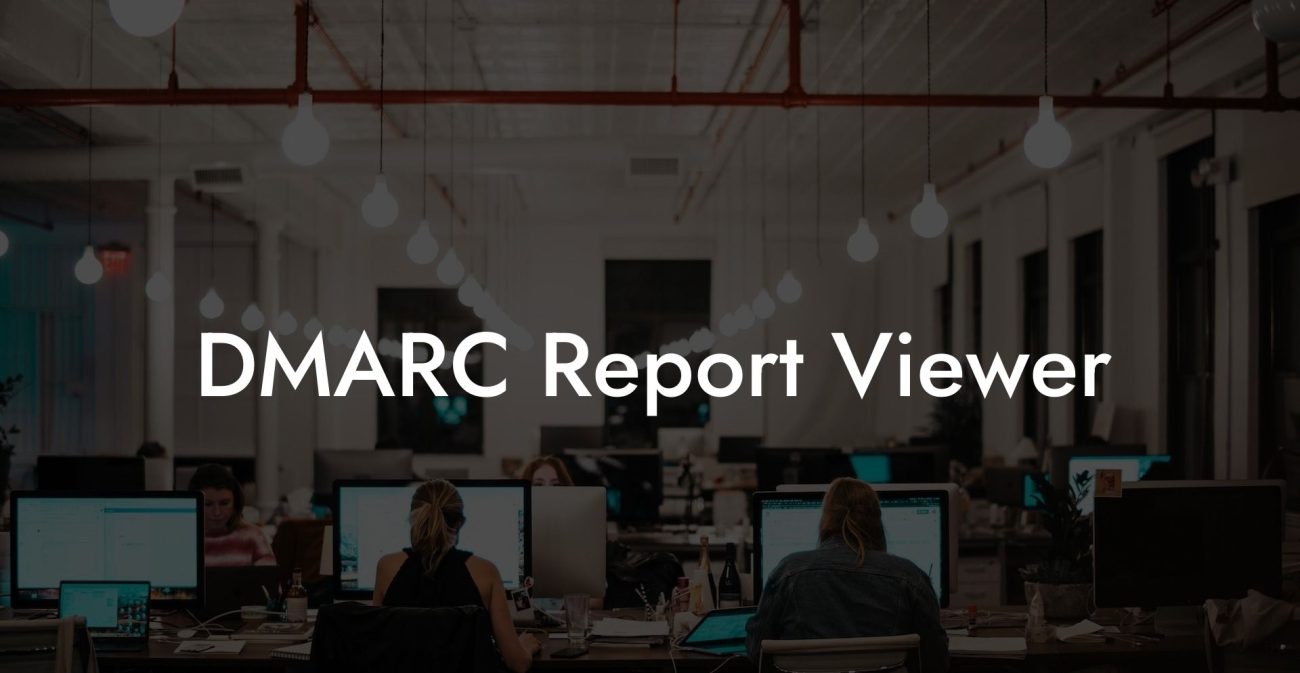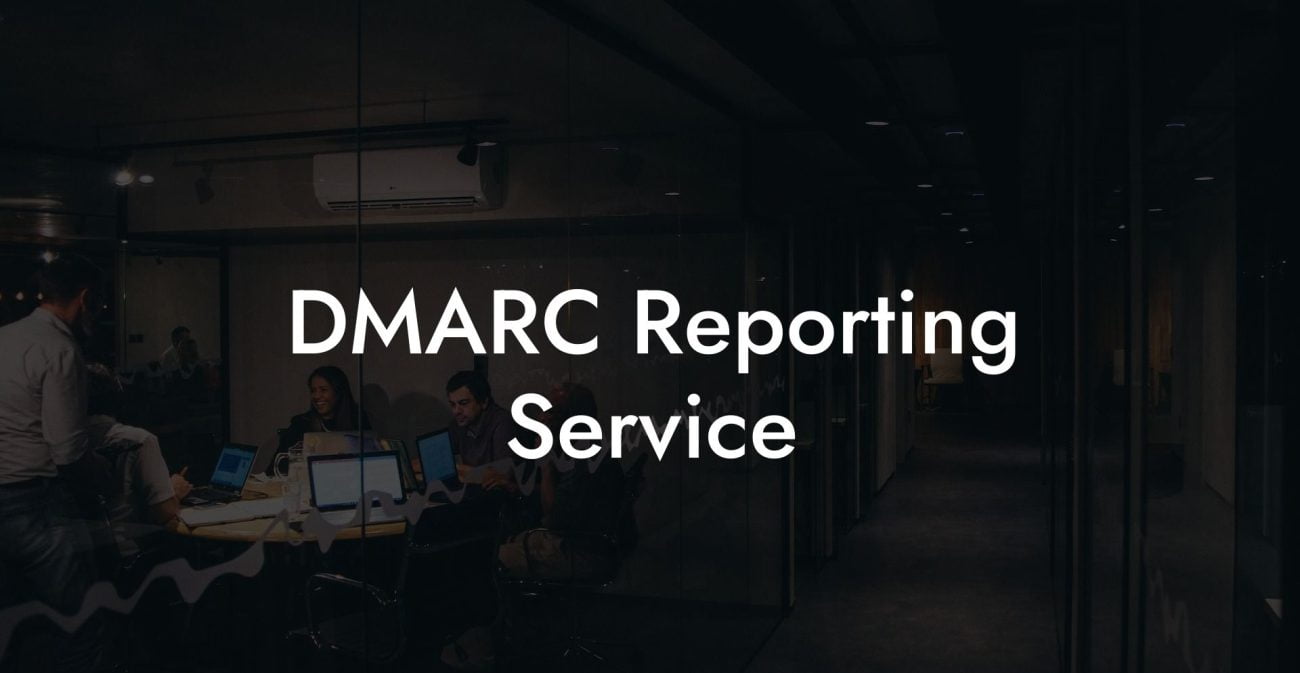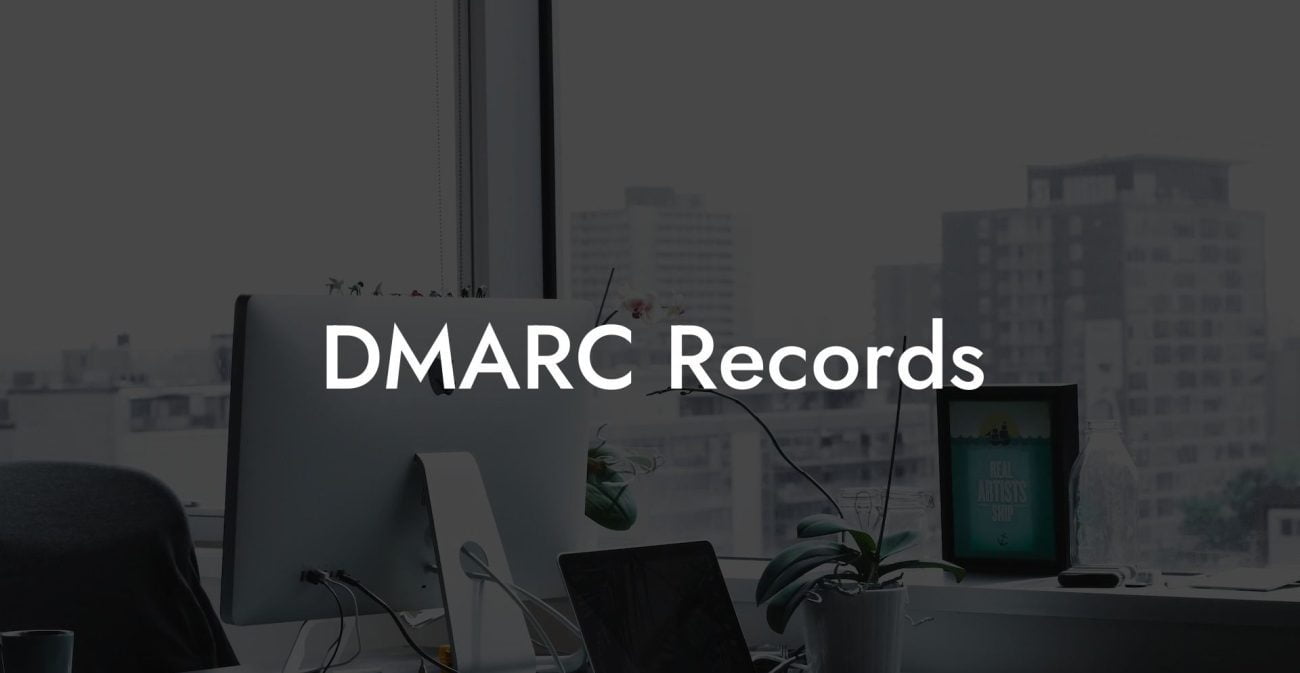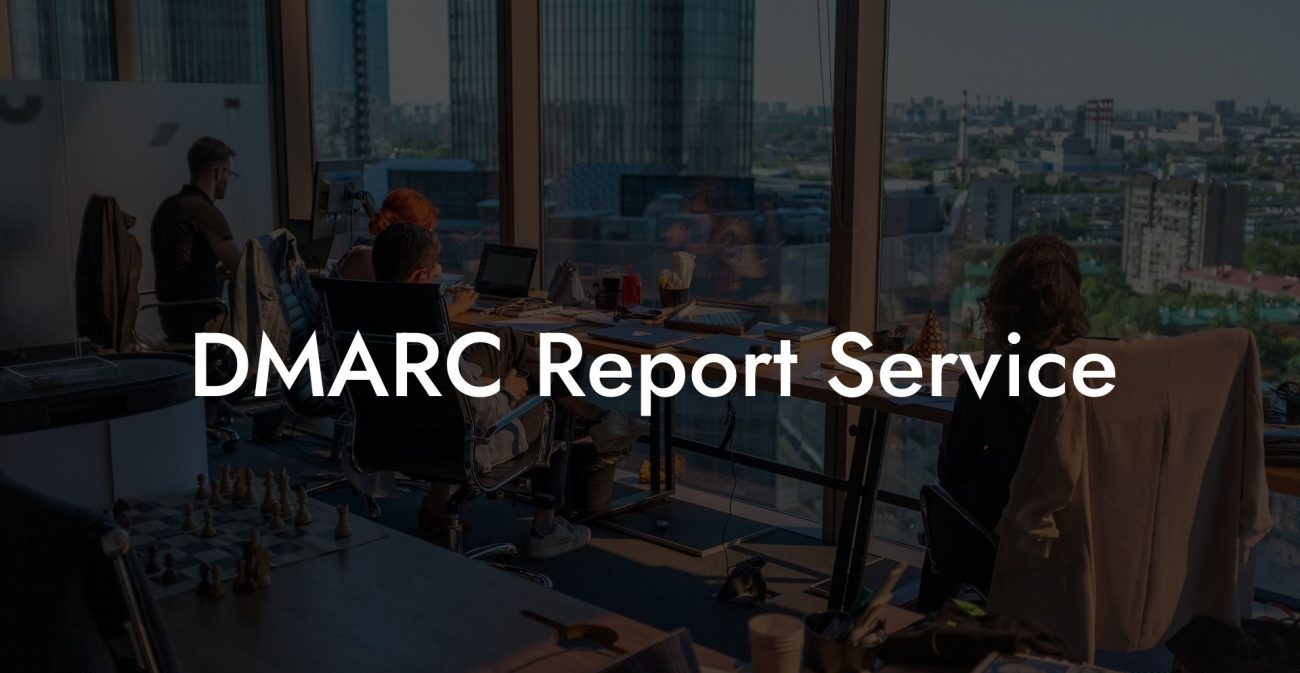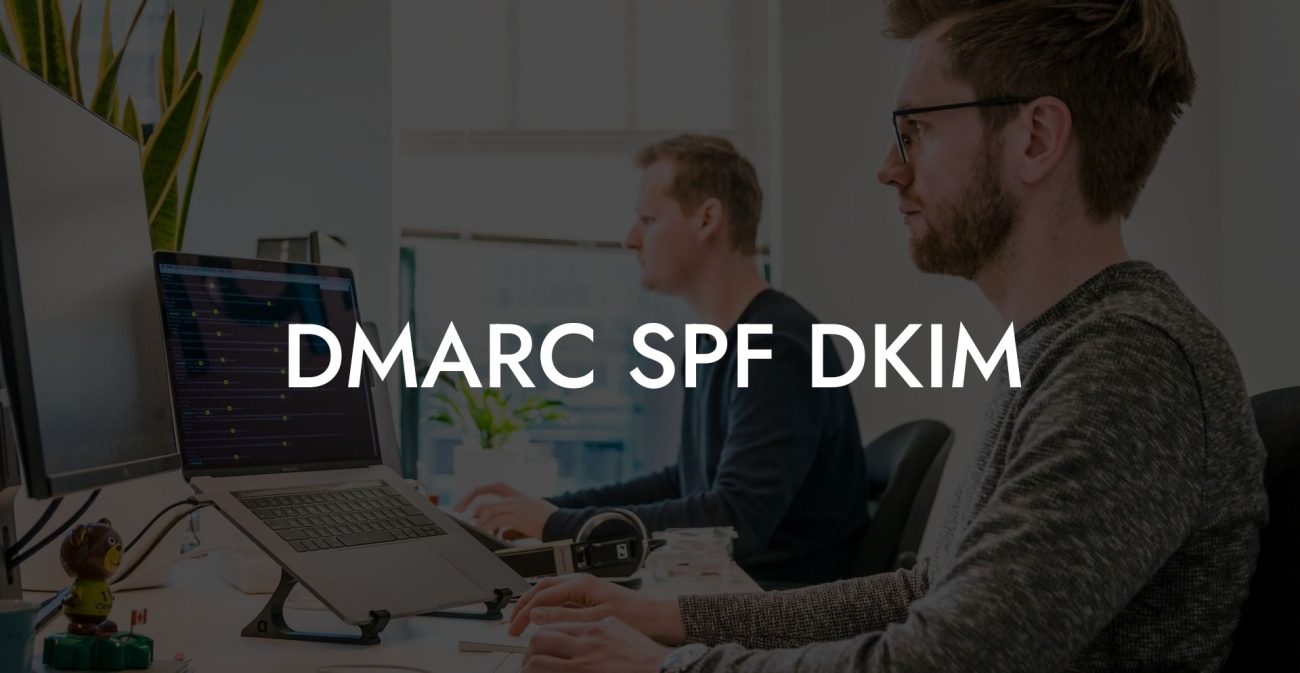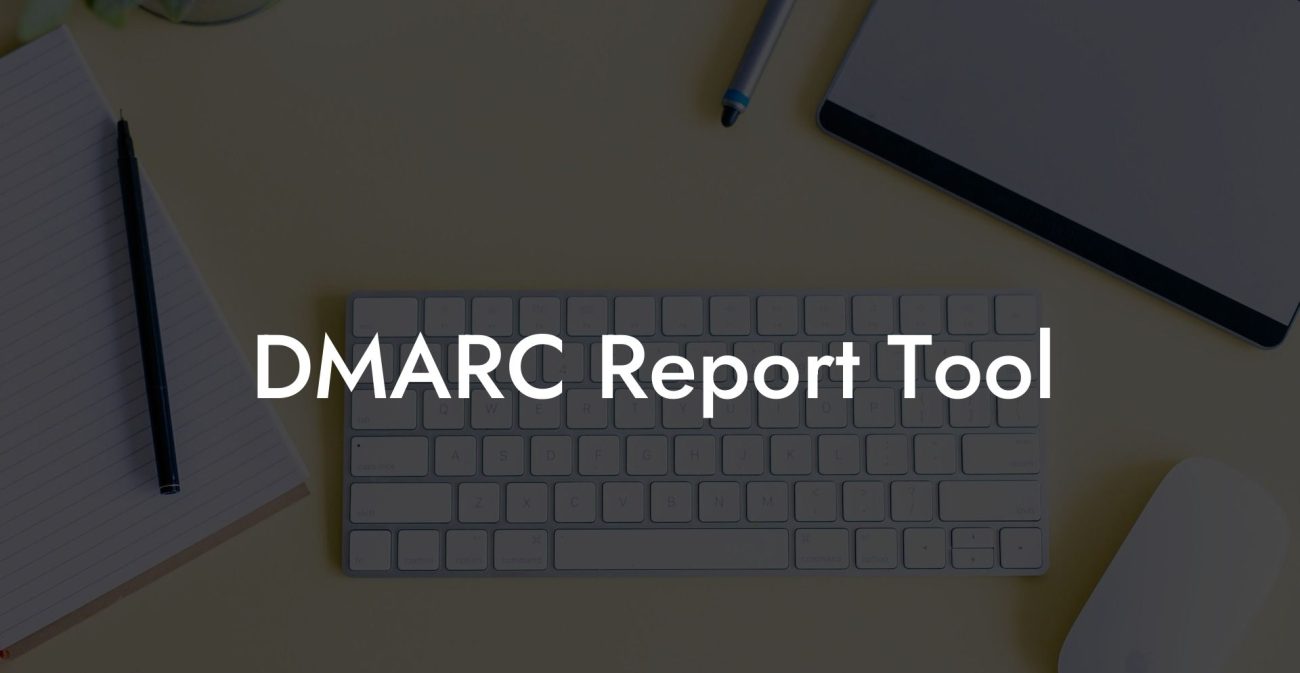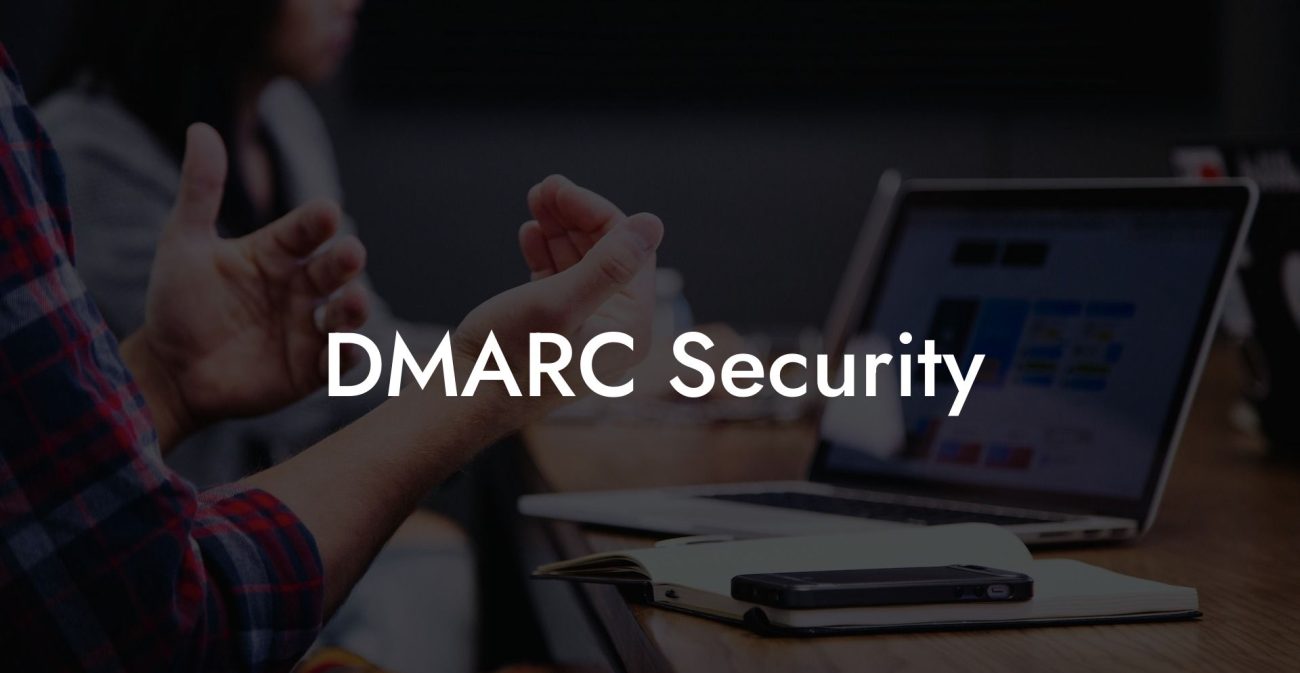In today's highly connected digital world, businesses and individuals are constantly at risk of cyberattacks, which can lead to data breaches, identity theft, and financial losses. One type of cyberattack that has gained much prominence in recent years is email phishing, where attackers send fraudulent emails to trick recipients into revealing sensitive information or clicking on malicious links. To address this issue, it is essential to implement various email security protocols – one of which is DMARC (Domain-based Message Authentication, Reporting, and Conformance). In this guide, we will walk you through the step-by-step process of adding a DMARC record to bolster your email security and protect your brand from phishing attacks.
Adding A DMARC Record Table of Contents
1. Understand DMARC and its Components
Adding a DMARC record involves three major steps. These are:
1. Understand DMARC and its Components
Protect Your Data Today With a Secure Password Manager. Our Top Password Managers:
Before implementing DMARC, it is essential to understand its core components, which include:
- DomainKeys Identified Mail (DKIM): This is a security protocol that digitally signs outgoing emails using a private key, allowing recipients to verify the authenticity of the sender.
- Sender Policy Framework (SPF): This is another mechanism that authenticates the sender by verifying that the email originates from a server authorized by the domain owner.
- DMARC Policy: This policy outlines the actions to be taken if DMARC checks fail. Possible actions include quarantine (sending the email to the spam folder), reject (blocking the email entirely), and none (allowing the email but reporting the failure).
2. Set up DKIM and SPF Records
Since DMARC builds on the foundation of DKIM and SPF, you need to set up these records first:
- DKIM: Generate a public-private key pair for your domain and publish the public key in your DNS as a TXT record. Set up email server software to sign outgoing emails with the private key.
- SPF: Identify all authorized email sending servers and create an SPF record in your DNS, listing all these servers.
3. Create and Publish Your DMARC Record
Once DKIM and SPF records are in place, follow these steps to create and publish your DMARC record:
- Start by choosing your DMARC policy (e.g., quarantine, reject, or none) and specifying how strictly recipients should enforce it.
- Choose an email address to receive aggregate and/or forensic DMARC reports, which provide valuable insights on authentication failures, source IP addresses, and more.
- Create the DMARC record in a TXT format. The record should include the policy, email addresses for reports, and other configuration options.
- Publish the DMARC record in your DNS by adding a new TXT record with a suitable name, e.g., "_dmarc.yourdomain.com" and setting its value to the DMARC record you created.
Adding A DMARC Record Example:
Here's a realistic example of a DMARC record:
_v=DMARC1; p=reject; pct=100; rua=mailto:reports@yourdomain.com; ruf=mailto:forensics@yourdomain.com; aspf=r; adkim=r;
In this example:
- v=DMARC1: Specifies the DMARC version used (currently, only DMARC1 is available).
- p=reject: The policy is set to reject, meaning that emails failing DMARC checks will be blocked.
- pct=100: DMARC enforcement will be applied to 100% of the email traffic.
- rua=mailto:reports@yourdomain.com: Aggregate reports will be sent to the specified email address.
- ruf=mailto:forensics@yourdomain.com: Forensic reports will be sent to the specified email address.
- aspf=r; adkim=r; Specifies that SPF and DKIM alignment should be strict (instead of relaxed).
Adding a DMARC record to your domain's DNS not only significantly enhances your email security but also helps protect your brand's reputation from email phishing attempts. By following the steps in this guide, you can effectively implement DMARC and take a proactive approach to combating cyber threats. Be sure to share this guide with others to spread awareness about the importance of adding a DMARC record. Explore more guides on Voice Phishing and stay up to date with the latest cybersecurity trends and best practices.
Protect Your Data Today With a Secure Password Manager. Our Top Password Managers:





